We’re sure that you can think of lots of yellow fruits. Lemons, pineapple, and bananas but to name a few of the many yellow fruity varieties that can be found around the world.But what about when it comes to vegetables? There are plenty of red and green vegetables that spring to mind when you think of these, but thinking of Different Types Of Yellow Vegetables is a bit trickier.
So today we’re going to make things super easy for you and list just a few of the many yellow veggies that can be found around the globe!
Why not impress all of your family and friends with your newfound foodie knowledge and tell them all about the yellow vegetables that we have listed in more detail below?
Let’s get stuck in with the golden vegetables that can be enjoyed on their own or as part of a tasty dish!
1. Corn
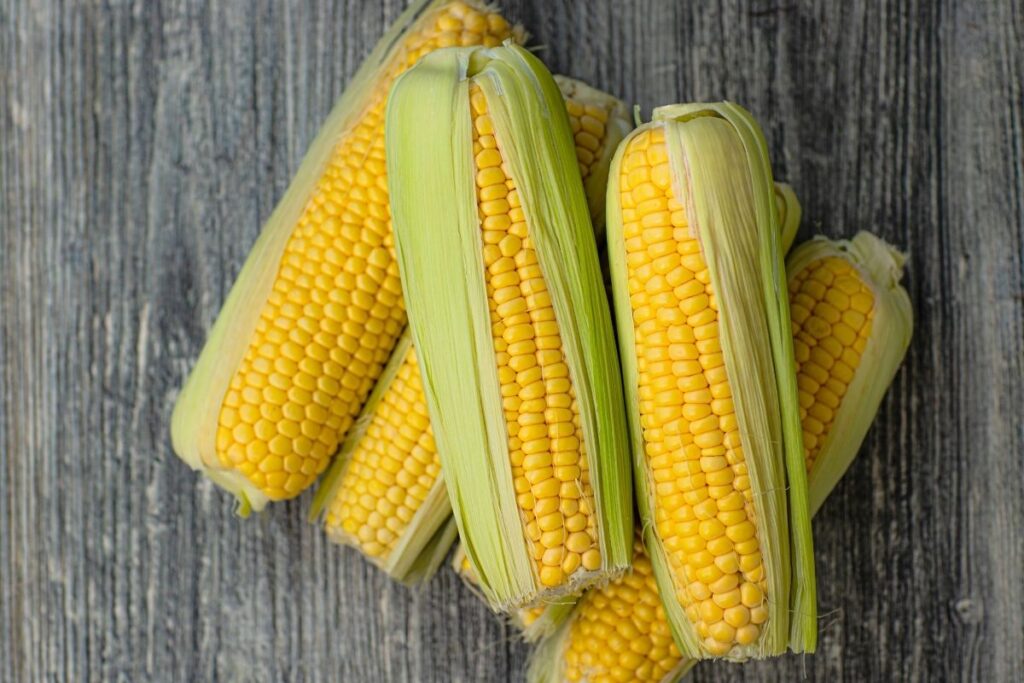
Perhaps one of the most obvious yellow vegetables to note is of course corn! Also known as sweetcorn or maize, this is a vegetable that is often grown for us humans to eat. It is rich in vitamins C, E, B, and A, and has plenty of dietary fiber locked inside.
Corn can typically be enjoyed on its own, or as part of a nutritious meal.
You can either roast your corn, grill it, or even boil it so that you can enjoy its sweet tasty goodness. For an extra tasty treat, drizzle melted butter or melt a knob of butter on the hot corn. This will make the juicy kernels even tastier when you take a bite.
2. Yellow Beans
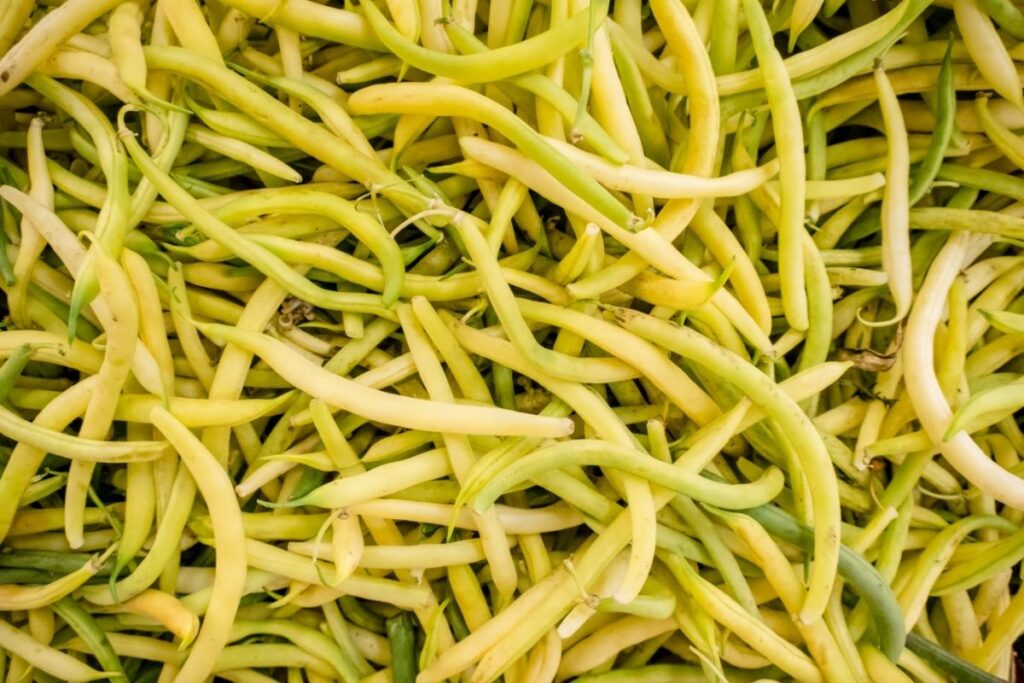
One of the most popular types of yellow veggies are of course yellow beans. These legumes can come in several different varieties, depending on the type of yellow beans that you have opted for. Some of the most common are of course string beans, flat beans, and even chickpeas.
Yellow beans are a rich source of protein, iron, vitamin B, manganese, and iron. These are also typically low in cholesterol and fat, so make for a healthy, tasty side dish.
There is also plenty of vitamin K in yellow beans, which can help improve your joint health.
Eating legumes regularly can be a great way to eat your fill of healthy vegetables without overwhelming your senses.
3. Squash
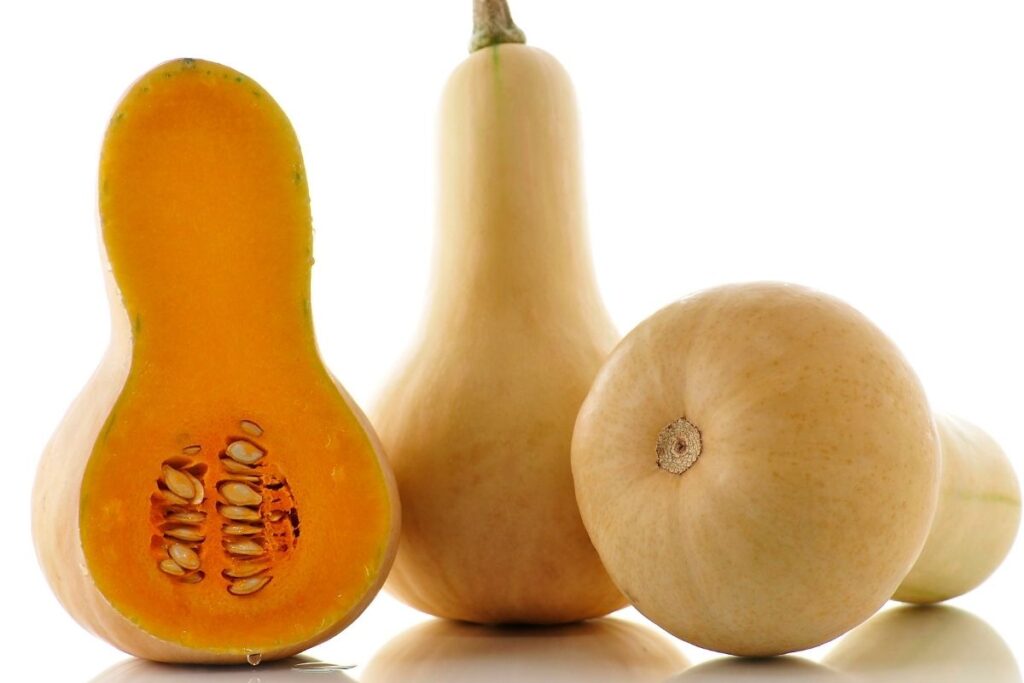
What’s great about squash is that there are so many types to choose from! Delicata squash is one of the most popular varieties, revealing a yellow flesh when sliced open.
Another popular selection of course is the butternut squash, which is wonderfully versatile and can be used in a variety of recipes.
Varieties of yellow squash tend to be rich in lots of different vitamins and essential minerals. These can include vitamins C, A, and B6, as well as minerals such as potassium, fiber, manganese, and phosphorus.
This versatile gourd can be used in a variety of dishes, and combines well with a variety of ingredients. Why not roast your squash with sage, then combine it with Parmesan and pancetta for an unforgettable pasta dish.
4. Yellow Pumpkin
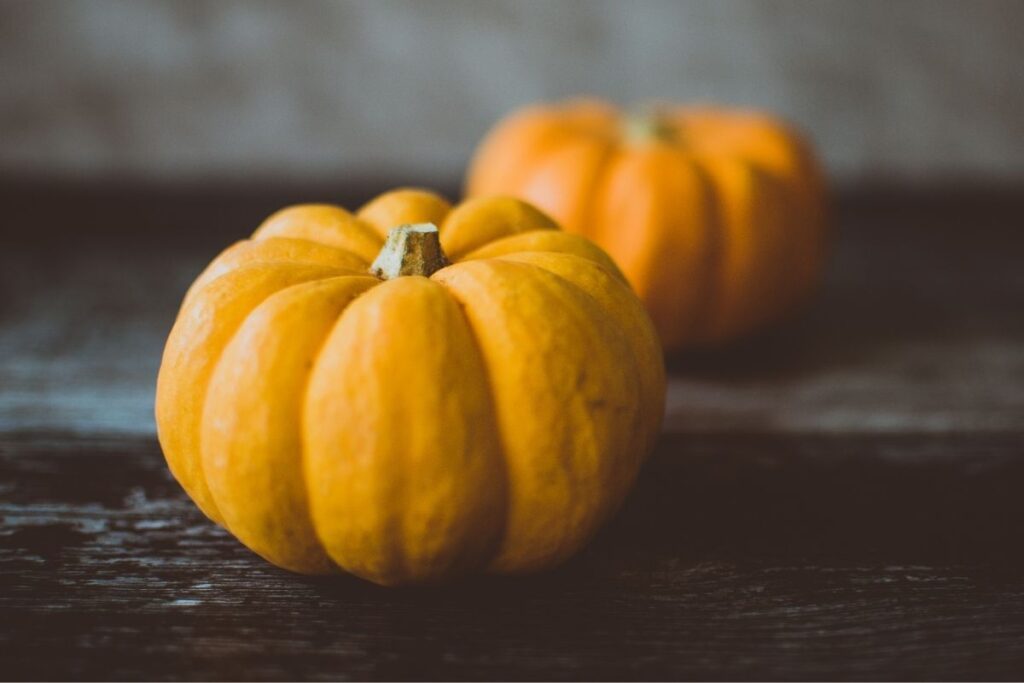
Similar to the yellow squash varieties that we have examined in more detail above, the yellow pumpkin is another tasty yellow vegetable. This is a tasty seasonal vegetable that can be enjoyed in a variety of sweet and savory dishes.
The yellow pumpkin is typically rich in vitamins C and A, and has a whole wealth of antioxidants. These can help to improve your immune system and general well-being.
Pumpkin is of course enjoyed with more traditional Thanksgiving dishes, such as pumpkin pie. However, it can also be enjoyed in more savory recipes, too.
Related: 37 Lovely Light Yellow Flowers (Including Pictures)
5. Potatoes
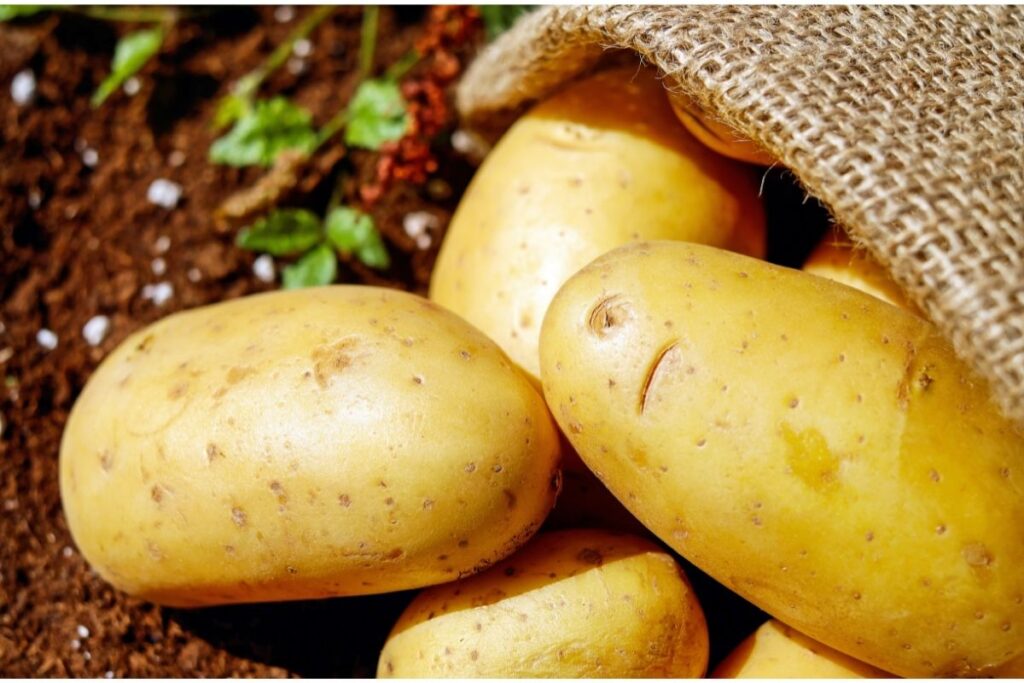
There are so many types of potato to choose from that it’s hardly a surprise there are several yellow varieties!
Yellow potatoes are a wonderful source of fiber, vitamin C and D, phosphorus, as well as manganese. They can even boost the health of your cell membranes.
Depending on the variety of potato, the color of the skin can vary between different shades of brown down to a pale yellow. The flesh of the potato tends to be golden yellow in color.
You could also include sweet potatoes or yams in the yellow vegetable category, although some varieties can be more orange. Sweet potatoes are also much sweeter in flavor than the yellow potato.
6. Yellow Bell Pepper

Another tasty yellow vegetable is of course the yellow pepper!
The yellow bell pepper is a fantastic source of vitamins K and C, which make them an excellent way to give your immune system a little boost. This vegetable is bright yellow, and tends to have a tight, firm skin.
Interestingly, you can eat the yellow pepper both raw and cooked. It has a high water content, and makes a highly tasty snack either cooked or raw.
The yellow pepper is actually the same variety as the red pepper and the green pepper. The bell pepper is the same vegetable, only at different stages of development.
The green bell pepper is less ripe, the yellow bell pepper is riper, the orange bell pepper is riper still, and the red bell pepper is the ripest pepper of them all.
7. Tomatoes
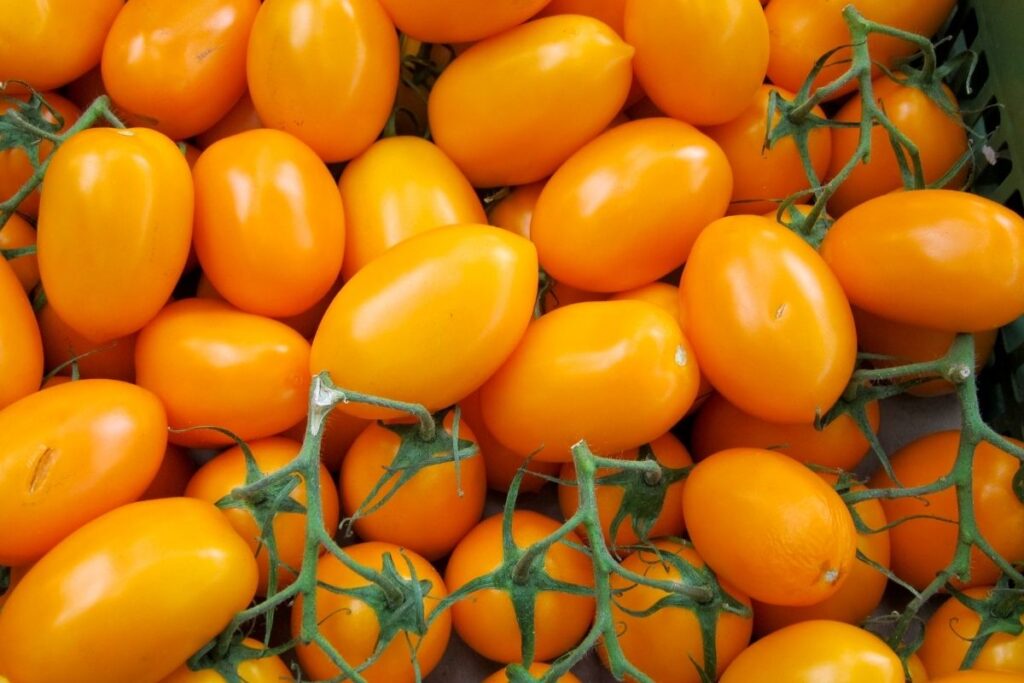
You’re likely very familiar with the red tomatoes and all the different varieties that come in a whole range of shapes and sizes. But did you know there are also yellow tomatoes that you can enjoy as well?
In fact, there are several varieties for you to choose from: earl of Edgecombe, lemon boy, Dr Wyche’s yellow, and Dixie Golden Giant. There are as many as 200 different yellow varieties for you to select from.
Yellow tomatoes are an excellent source of vitamins A and C, as well as iron, calcium, potassium, and sulfur. Just like their red counterparts, these tasty veggies can be enjoyed both cooked and raw.
Why not try to use these yummy veggies the next time you make a salad?
8. Golden Beets

When you think of beetroot, you likely think of that deep rich purple color found once you slice open your veg. But did you know there is also a yellow alternative, the golden beetroot? This root vegetable is another fascinating yellow vegetable that gets its pigmentation from betalains.
Golden beets are rich in antioxidants, which can help give your immune system a well deserved boost. They are also rich in vitamin A and beta-carotene, so will be able to improve your eye health too.
Golden beets also have plenty of folate and manganese in them, as well as a range of other essential vitamins and minerals.
If you’re not a fan of the sweetness of red beets, then the golden beetroot is the perfect alternative. The two vegetables are relatively similar in terms of vitamins and minerals, but differ slightly in taste.
9. Yellow Onion
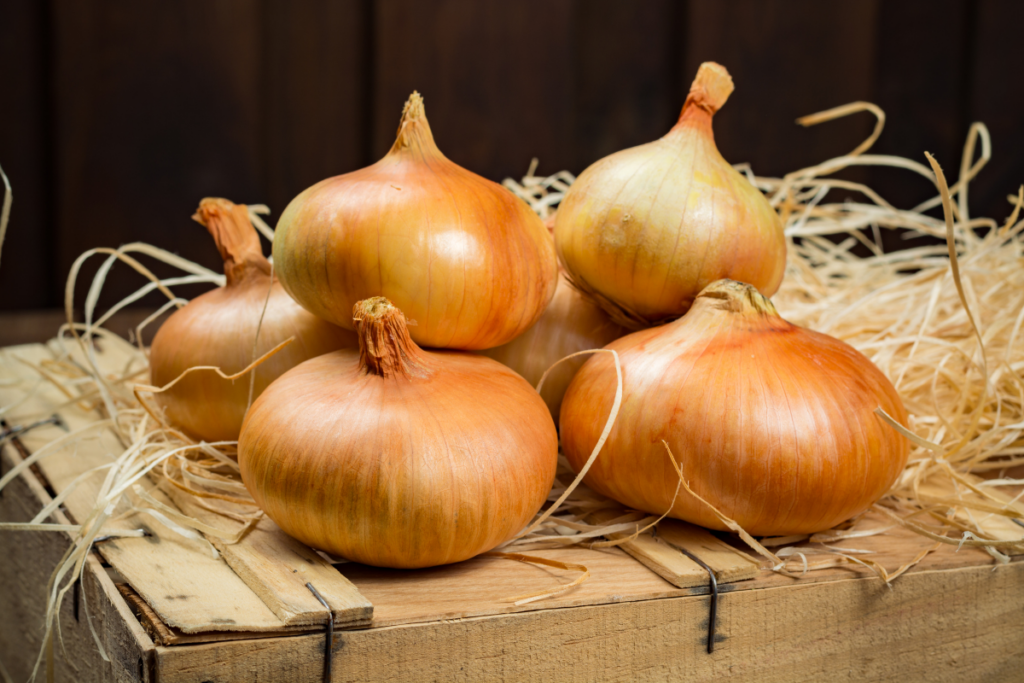
The yellow onion – also known as the brown onion – is one of the most popular root vegetables used around the world.
This vegetable is used as the basis for many a dish, and comes with a whole range of health benefits. It typically has a stronger flavor than its white counterpart thanks to the higher sulfur content.
Whereas other vegetables are typically dependent on the seasons, the yellow onion is usually available throughout the year.
In fact, the yellow onion actually makes up around 90% of all onions that are grown across America!
This is a versatile vegetable that can be used in a wide range of dishes, including stews, soups, pasta dishes, sauces, sautéed dishes, and many more.
10. Ginger
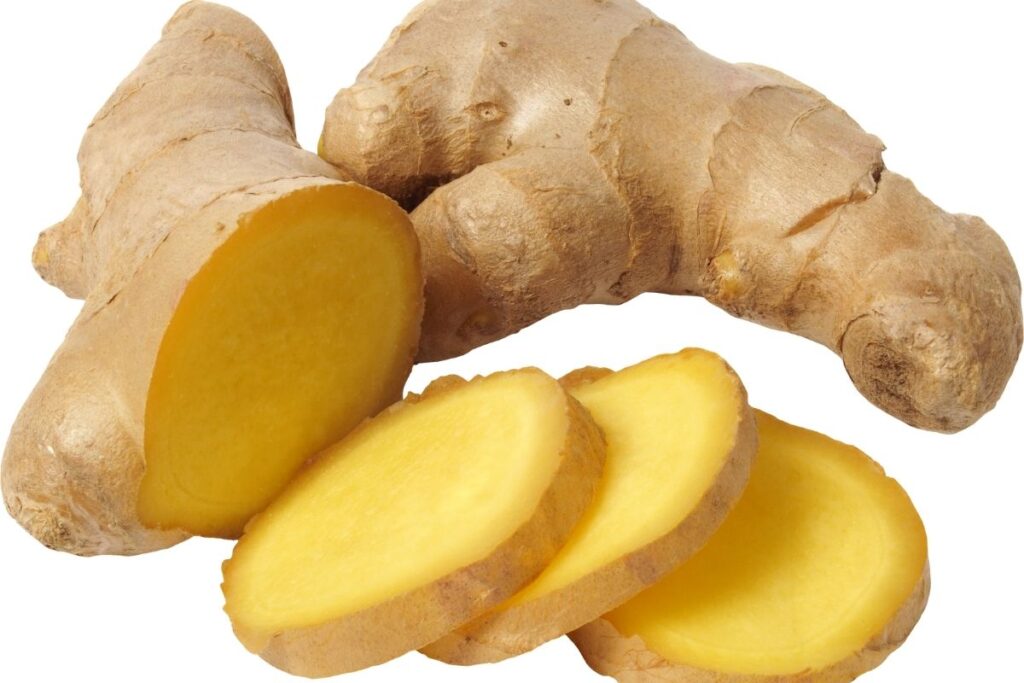
One of the last yellow vegetables that we wanted to include on our list was of course ginger! This is a root vegetable that is typically used to add a gingery kick to dishes. It is most often used in East Asian dishes, but can also be used in a range of different cuisines.
This root vegetable is known to have a whole wealth of health benefits. When used in cooking, we tend to make use of the rhizome, which is the part that grows underground.
Ginger can be used both dried, fresh, grated, powdered, as a juice, or as an oil. This helps to give ginger a wonderful versatility that lends itself well to a range of purposes.
Some great health benefits from eating ginger include easing nausea, improved heart health, lowered blood sugars, eases chronic indigestion, lowers cholesterol levels, and it is also considered to be natural antibacterial properties.
In Summary
So there you have it! You now have a list of 10 tasty yellow veggies that can be eaten on their own or as part of a nutritious meal.
All of these tasty vegetables should be tried at least once in your life so that you can enjoy all of that golden goodness.
To get the best results from your yellow veg, it will be best to choose seasonal vegetables so that you can enjoy them at their tastiest.
How many of the above yellow veggies did you get? Are there any that we’ve missed off our list? We’d love to hear your thoughts in the comments section down below!







